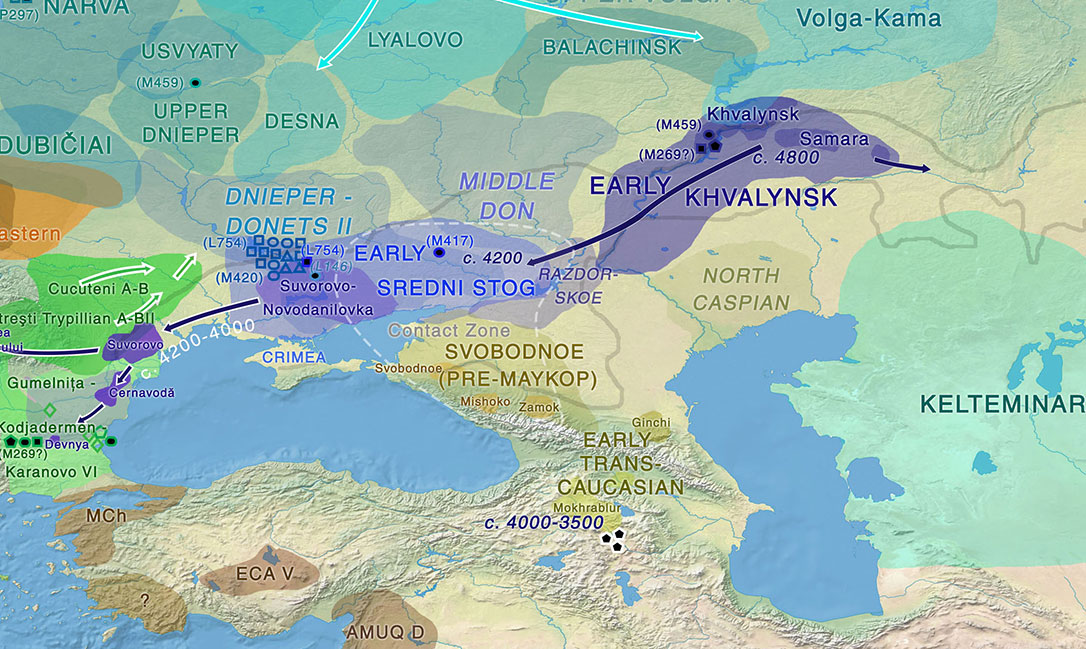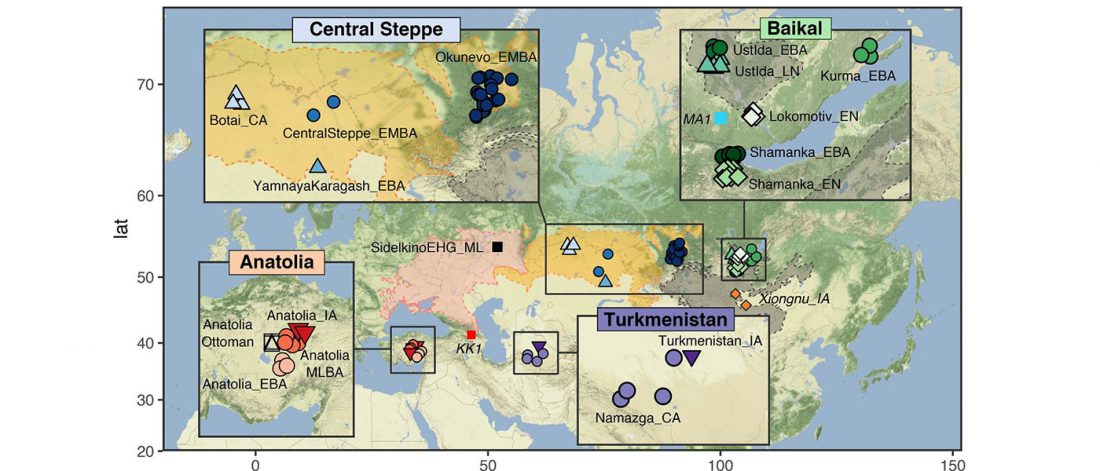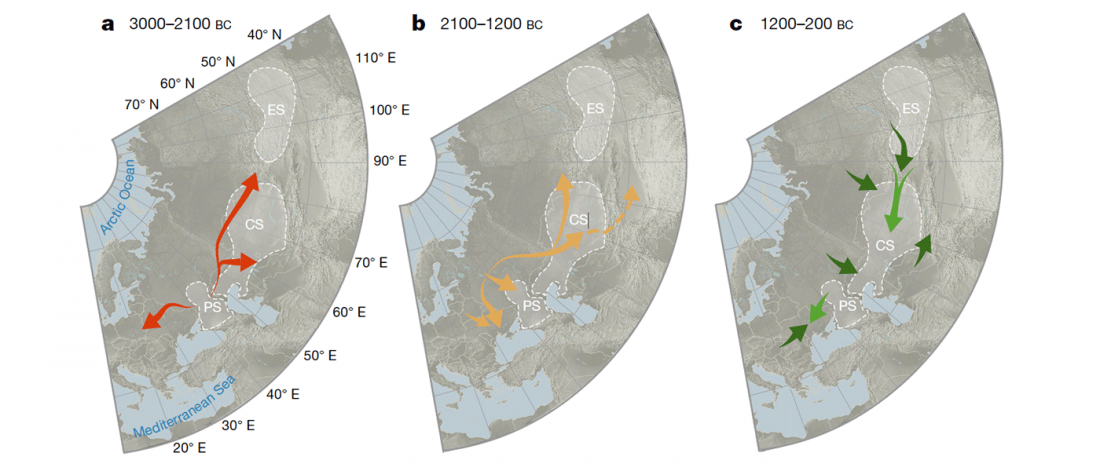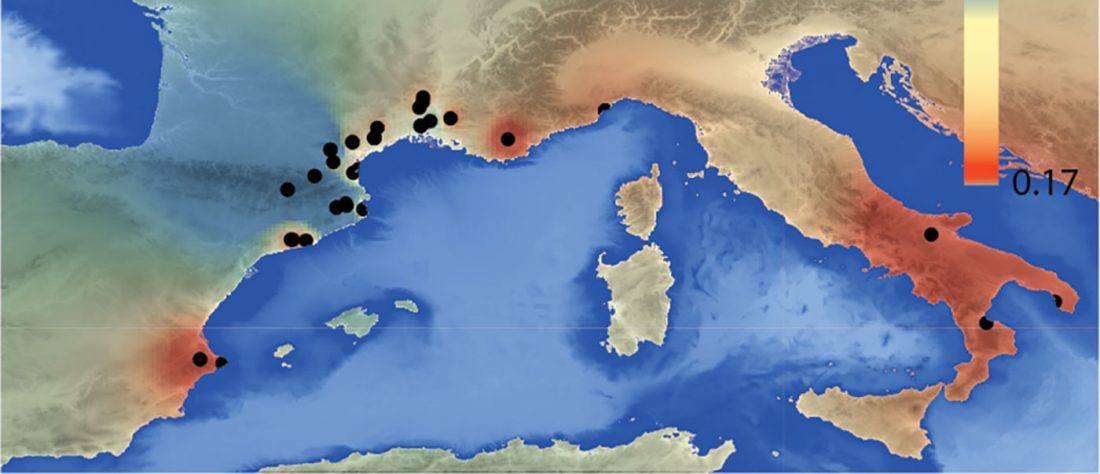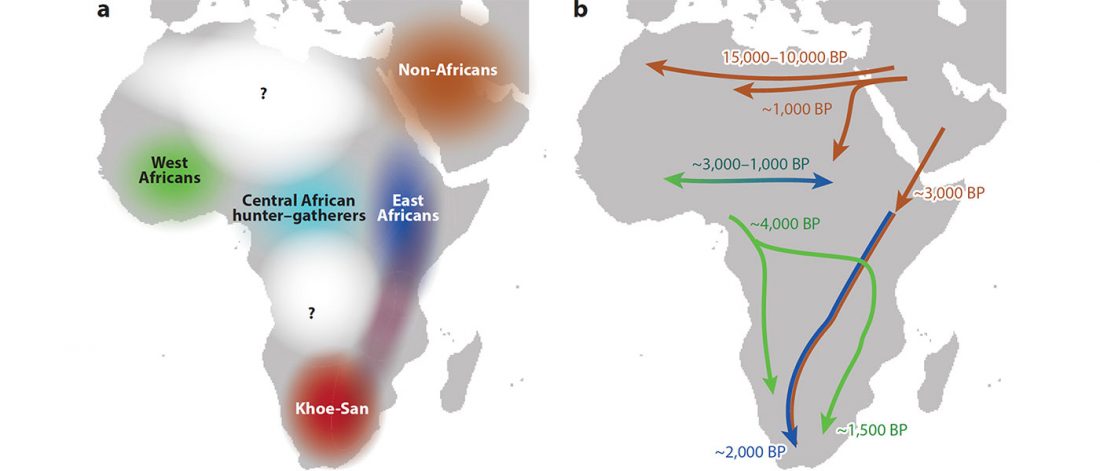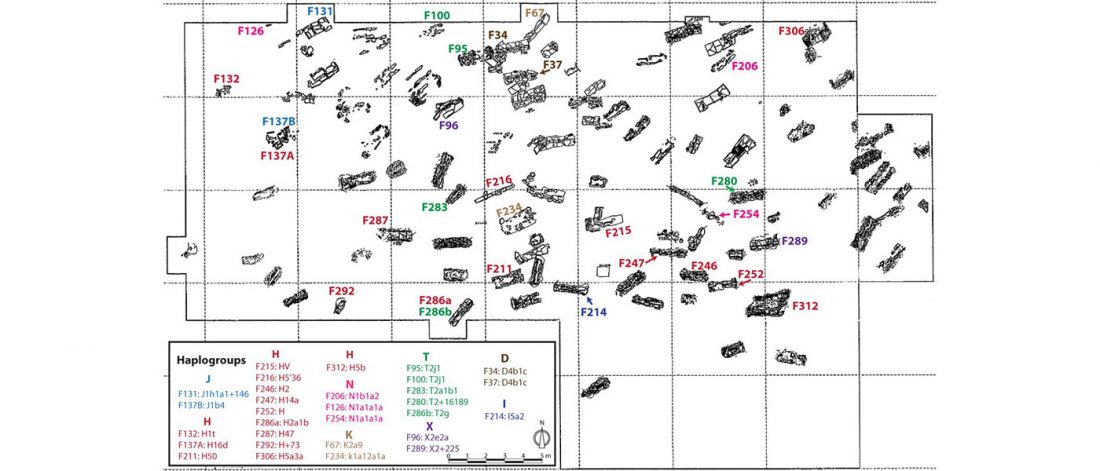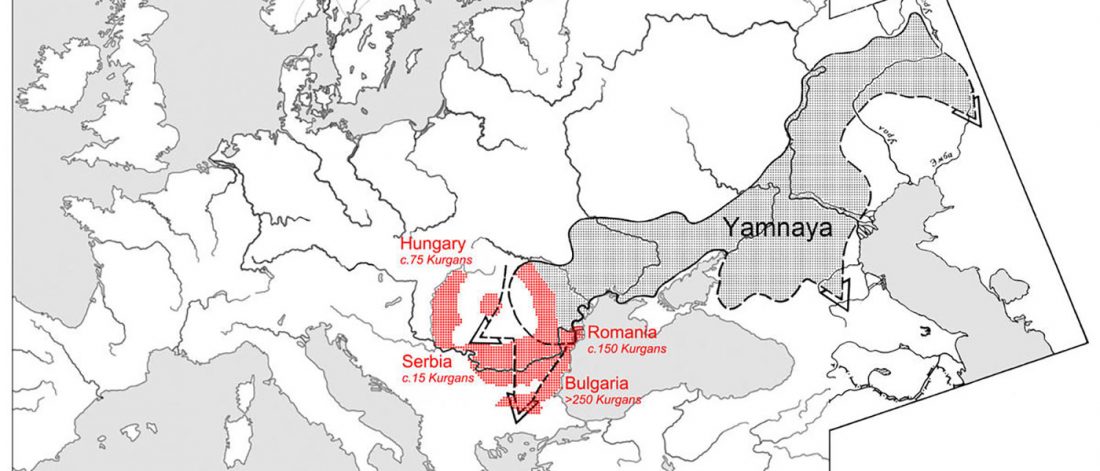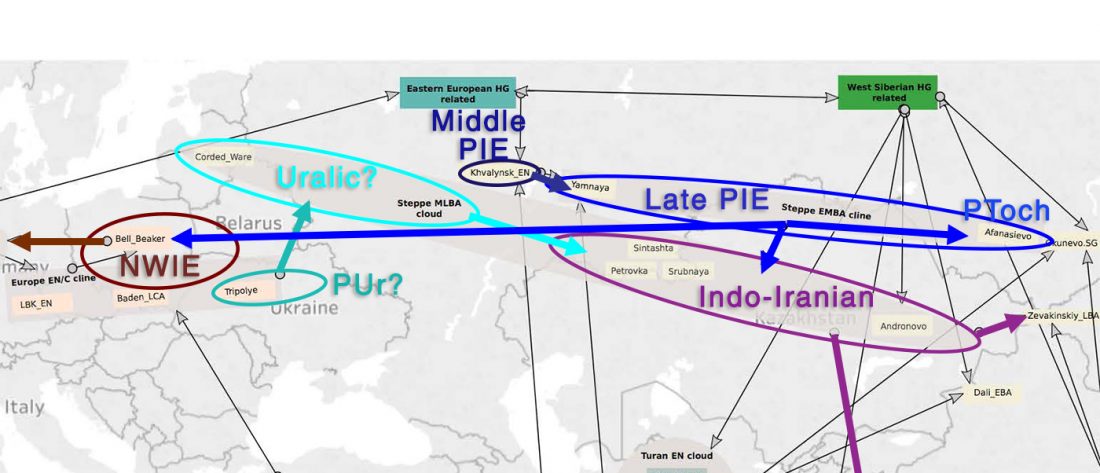Consequences of Damgaard et al. 2018 (I): EHG ancestry in Maykop samples, and the potential Anatolian expansion routes
This is part I of two posts on the most recent data concerning the earliest known Indo-European migrations.
Anatolian in Armi
I am reading in forums about “Kroonen’s proposal” of Anatolian in the 3rd millennium. That is false. The Copenhagen group (in particular the authors of the linguistic supplement, Kroonen, Barjamovic, and Peyrot) are merely referencing Archi (2011. “In Search of Armi”. Journal of Cuneiform Studies 63: 5–34) in turn using transcriptions from Bonechi (1990. “Aleppo in età arcaica; a proposito di un’opera recente”. Studi Epigrafici e Linguistici sul Vicino Oriente Antico 7: 15–37.), who asserted the potential Anatolian … Read the rest “Consequences of Damgaard et al. 2018 (I): EHG ancestry in Maykop samples, and the potential Anatolian expansion routes”
